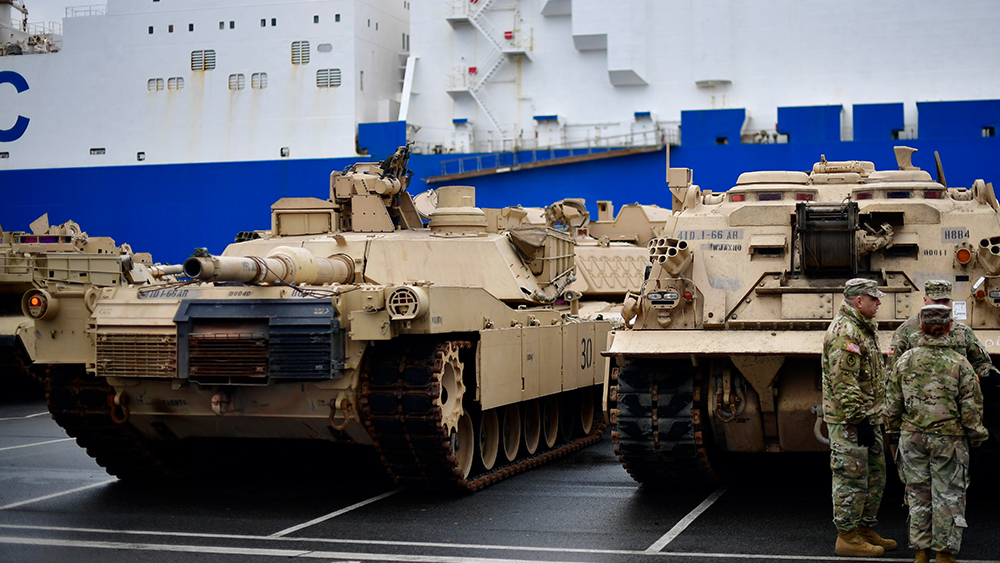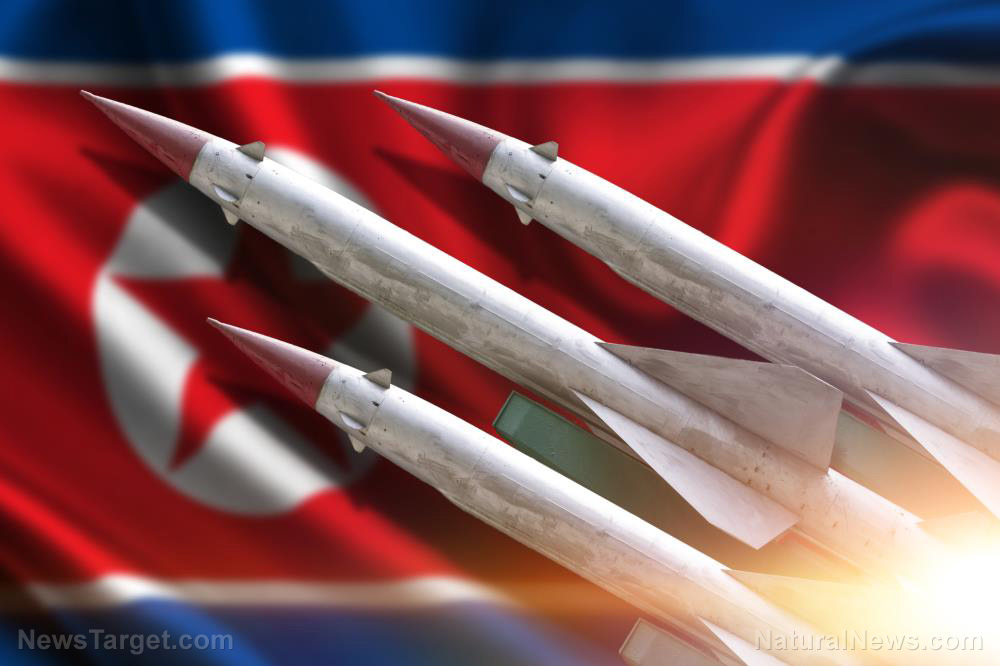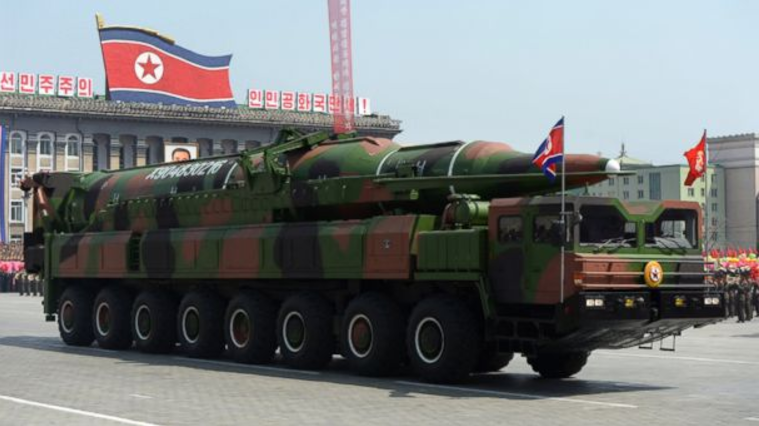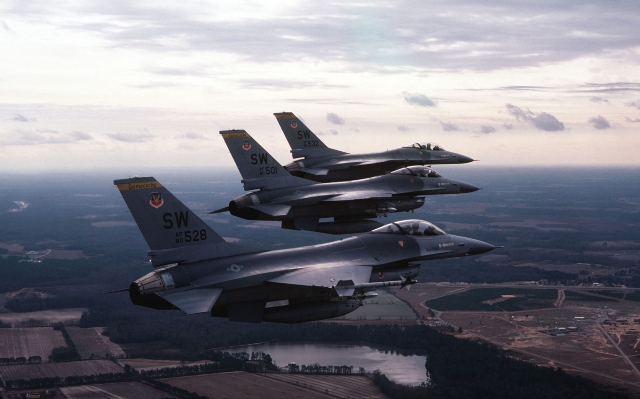READY FOR ACTION: Russia equips new subs with hypersonic missiles
08/17/2023 / By Richard Brown
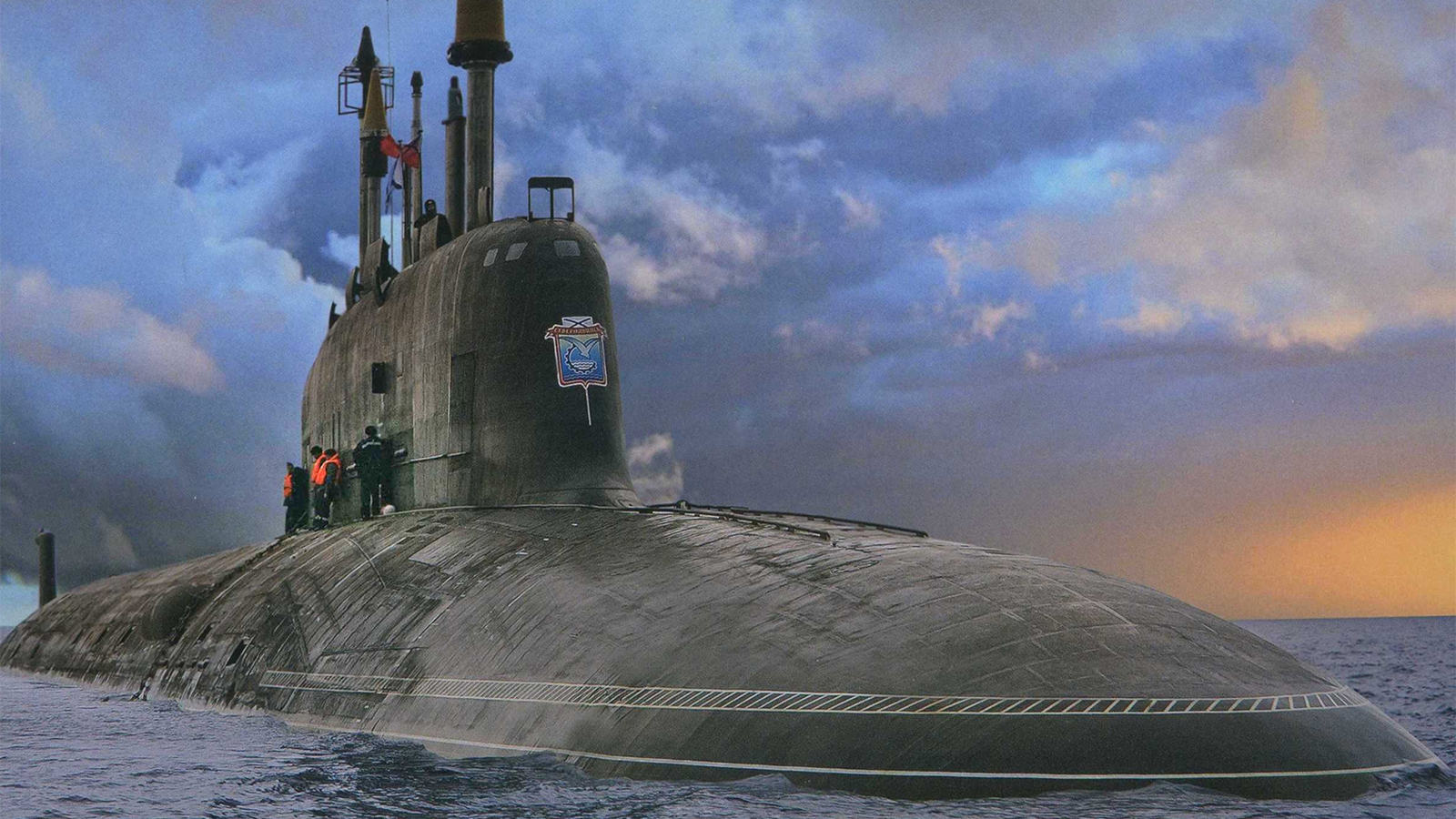
Russia has upped the ante in the race for nuclear superiority by equipping its new nuclear submarines with hypersonic Zircon missiles. The head of Russia’s largest shipbuilder on Monday, Aug. 14, told the RIA state news agency that the process is underway.
“Multi-purpose nuclear submarines of the Yasen-M project will be equipped with the Zircon missile system on a regular basis,” Alexei Rakhmanov, chief executive officer of the United Shipbuilding Corporation (USC), told RIA. “Work in this direction is already underway.”
Yasen-class submarines, also known as Project 885M, are nuclear-powered cruise missile submarines. They are built to replace Soviet-era nuclear attack submarines as part of a program to modernize the Russian army and fleet.
Designed by the Malakhit Marine Engineering Bureau and built by Sevmash for the Russian Navy, Project 885M is built to fight adversary aircraft carriers, track submarines with nuclear weapons and strike at strategic ground facilities.
There are six Project 885M submarines at various stages of construction. It could not be ascertained how many have been completed or delivered to the Russian Navy.
The submarine can reach a maximum depth of 600 meters, an impressive figure considering that many torpedoes cannot reach such depths.
The Russian Navy commands one of the largest submarine fleets in the world, with an estimated 58 to 72 submarines in its fleet. These include 11 nuclear-powered attack subs, nine nuclear-powered cruise missile subs, 17 nuclear-powered attack subs, diesel-electric subs and special mission subs.
The United States, Russia’s arch-rival, operates between 64 and 68 submarines – all nuclear-powered.
Zircon missiles are a potent weapon – but not invincible
The sea-based Zircon hypersonic missiles have a range of 900 km (560 miles) and can travel nine times the speed of sound, making it difficult to defend against them. It is a scramjet-powered maneuvering anti-ship hypersonic cruise missile with launch platforms on frigates and submarines.
Zircon can reach speeds of over 9,500 kilometers per hour and accurately pinpoint targets at a range of more than 1,000 kilometers (621.4 miles).
The missile has a two-stage propulsion system, using solid fuel in the first stage and a scramjet motor in the second stage. It is strategically valuable due primarily to its speed, and it is believed to be a maneuvering, winged hypersonic cruise missile with a lift-generating center body.
The Russian multi-purposes frigate Admiral Gorshkov, which has tested its strike capabilities in the western Atlantic Ocean earlier this year, has been already equipped with Zircon missiles. (Related: Russia deploys warship with hypersonic missiles to waters around Ukraine.)
A British expert believes that Zircon missiles can fly at almost 7,000 miles per hour, which makes it very hard to shoot down, or hit a moving shop. But it can’t do both.
“The operational deployment of the Zircon is an important development, but one whose significance should not be exaggerated,” said Sidharth Kaushal, a naval warfare expert at the Royal United Services Institute, a British defense think tank.
President Vladimir Putin has touted Russia’s hypersonic weapons as being “invincible.” But his rhetoric can’t change the laws of physics, according to Kaushal.
The problem is that objects traveling at great speeds ionize the air around them, creating a sheath of plasma around the object that blocks radar signals. Once the missile arrives near a designated point, an active radar seeker in the nose switches on, scans the area and locks on the target.
“Because the missile’s plasma layer precludes the use of active radar and other onboard sensors to track a target vessel in the terminal phase, the missile likely has to slow down to well short of hypersonic speeds in order to track mobile targets,” Kaushal explained.
Visit MilitaryTech.news for more stories about Russia’s latest military technology.
Watch this short clip featuring a Russian submarine.
This video is from the Russia Truth channel on Brighteon.com.
More related stories:
Russian submarine armed with Poseidon nuclear drones to be deployed in the Pacific.
Iran says it will sell Russia hundreds of ballistic missiles and drones.
Sources include:
Submit a correction >>
Tagged Under:
big government, chaos, dangerous, future tech, hypersonic missiles, hypersonic weapons, inventions, military technology, national security, nuclear war, nuclear weapons, physics, Project 885M, Putin, Russia, Russian navy, special mission subs, submarine, torpedoes, weapons technology, World War III, Zircon missiles
This article may contain statements that reflect the opinion of the author
RECENT NEWS & ARTICLES
COPYRIGHT © 2022 NuclearWar.news
All content posted on this site is protected under Free Speech. NuclearWar.news is not responsible for content written by contributing authors. The information on this site is provided for educational and entertainment purposes only. It is not intended as a substitute for professional advice of any kind. NuclearWar.news assumes no responsibility for the use or misuse of this material. All trademarks, registered trademarks and service marks mentioned on this site are the property of their respective owners.

